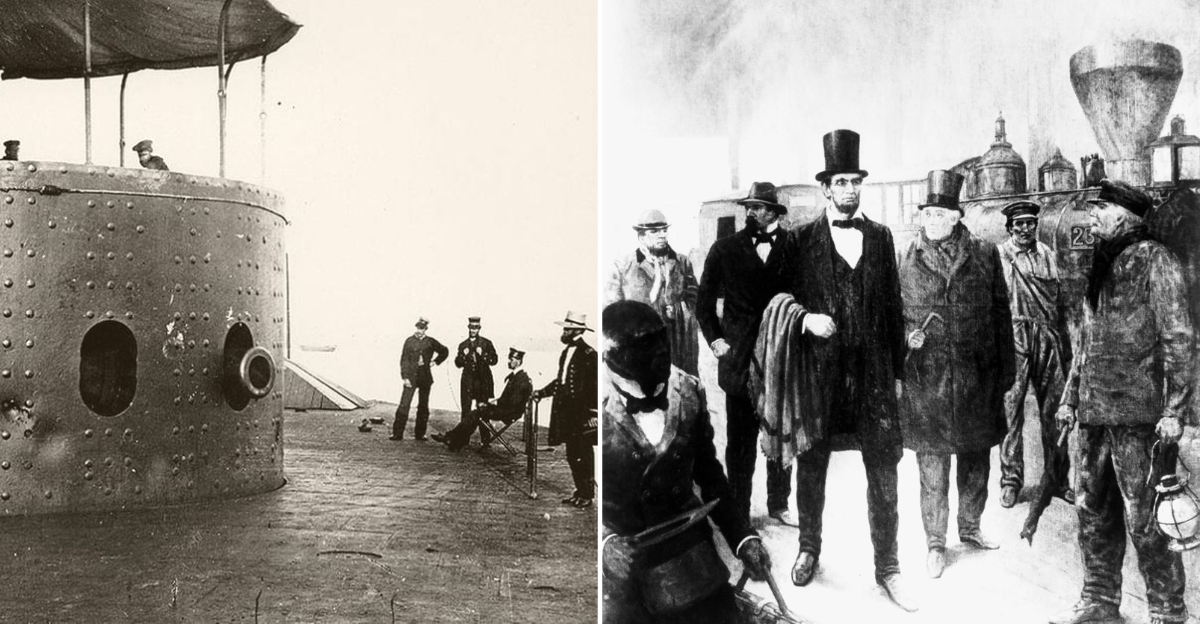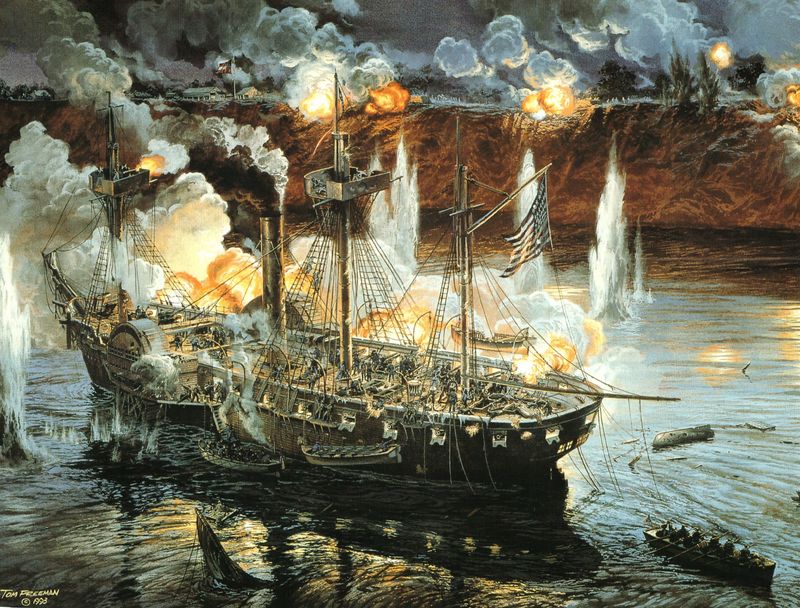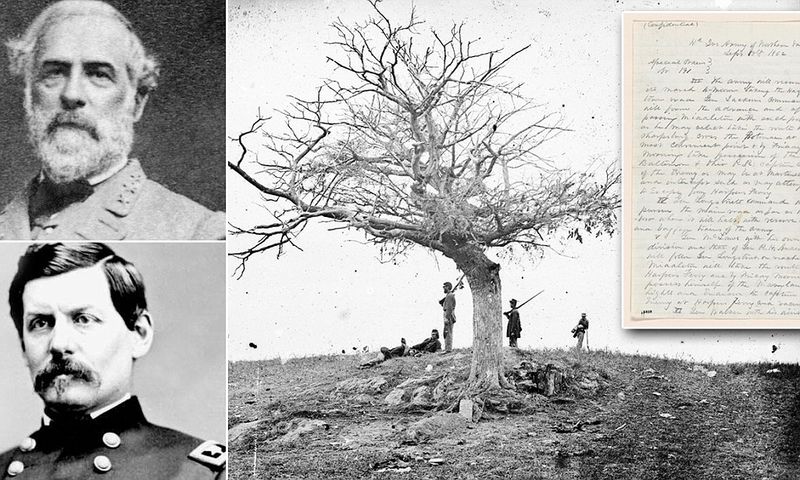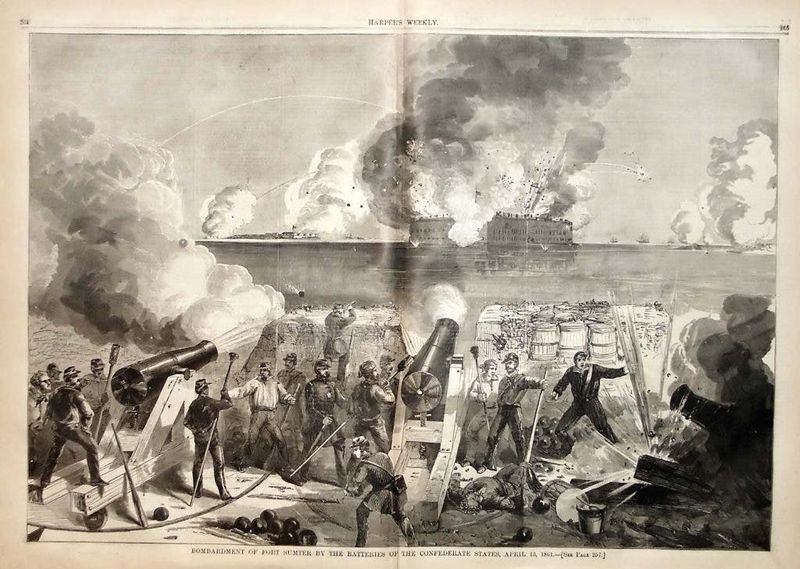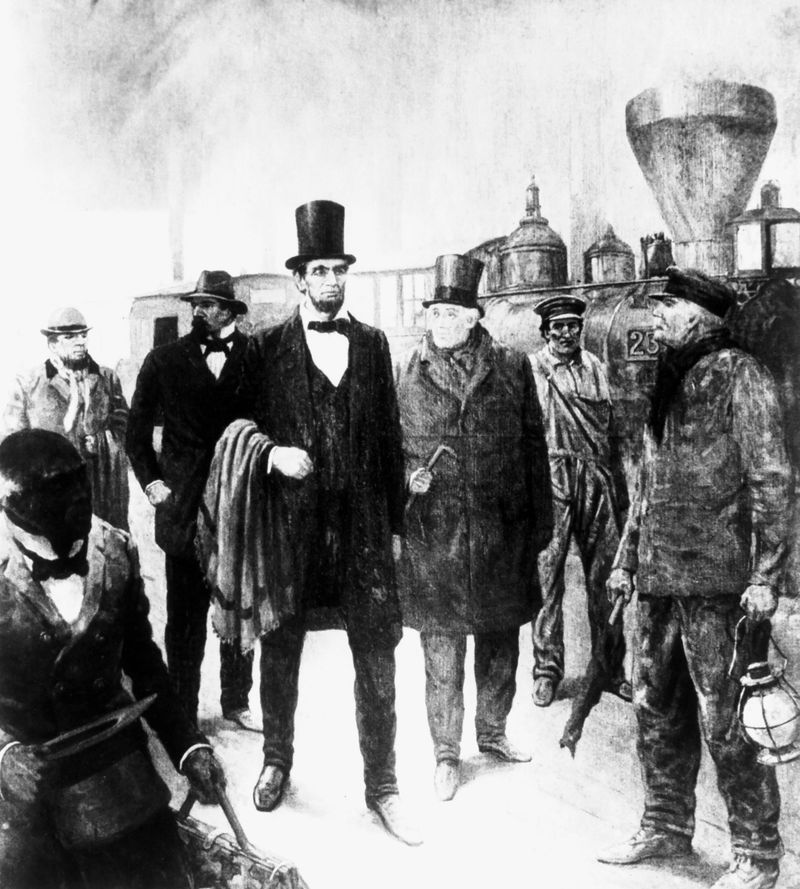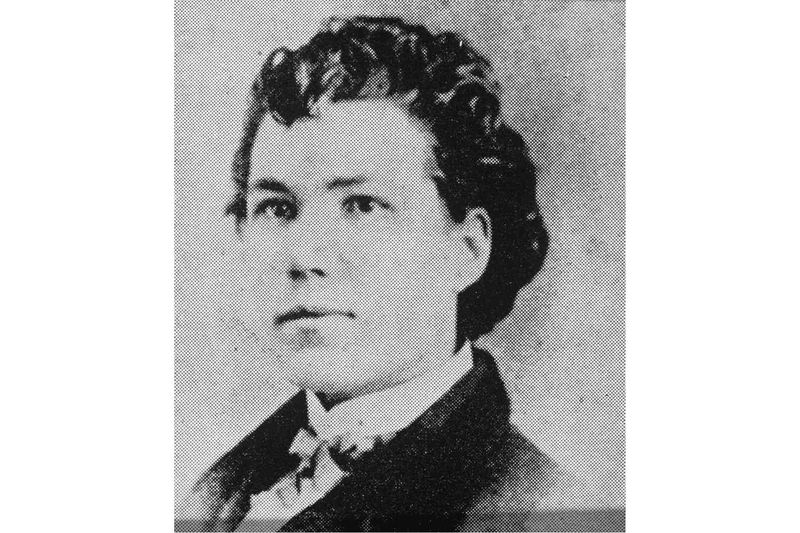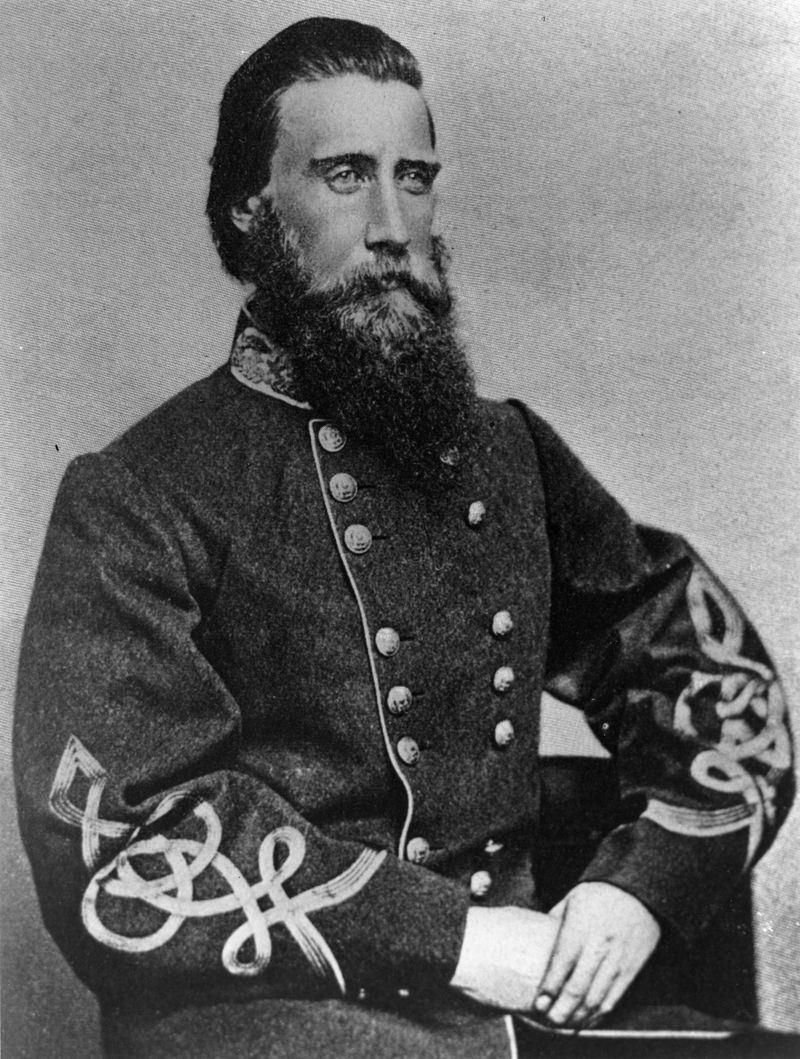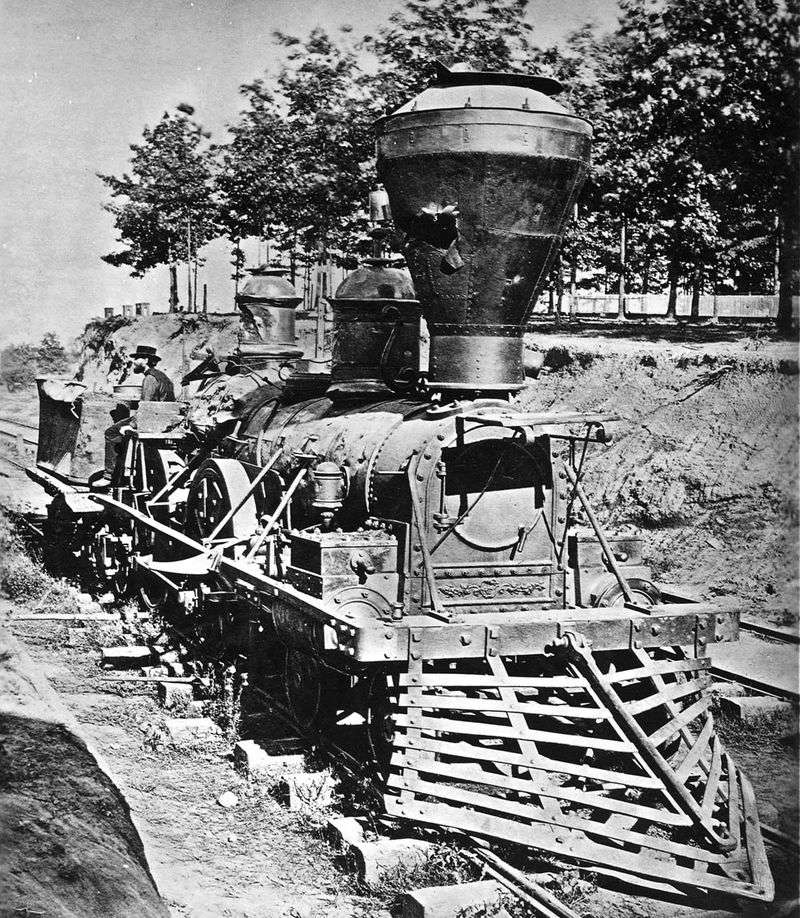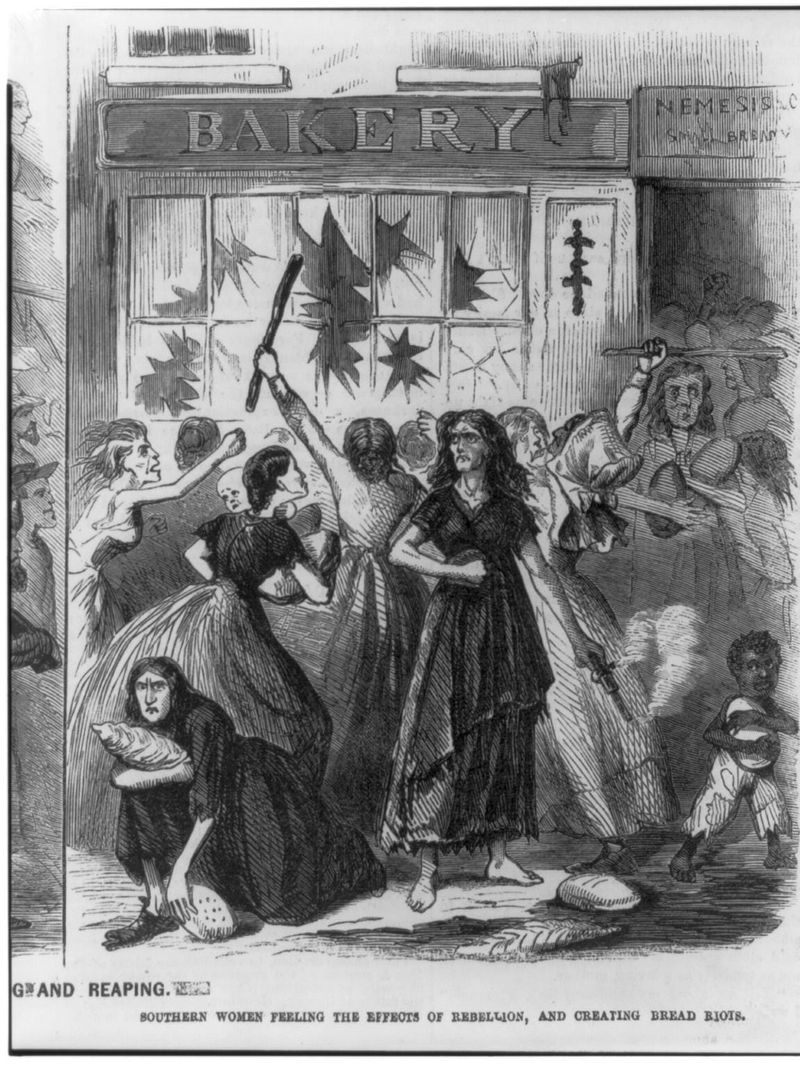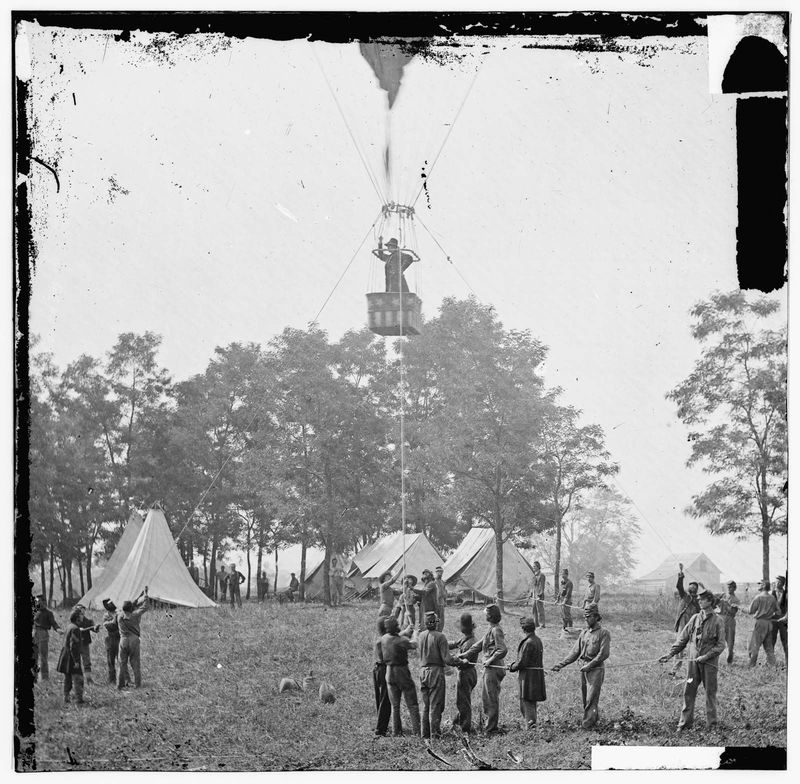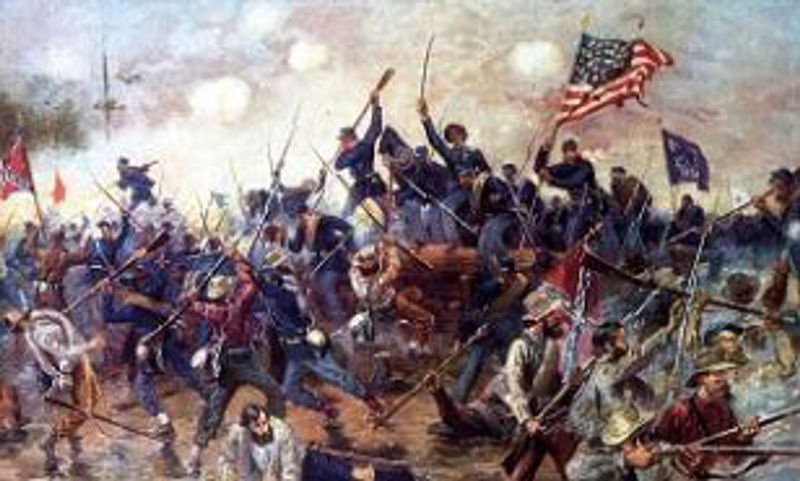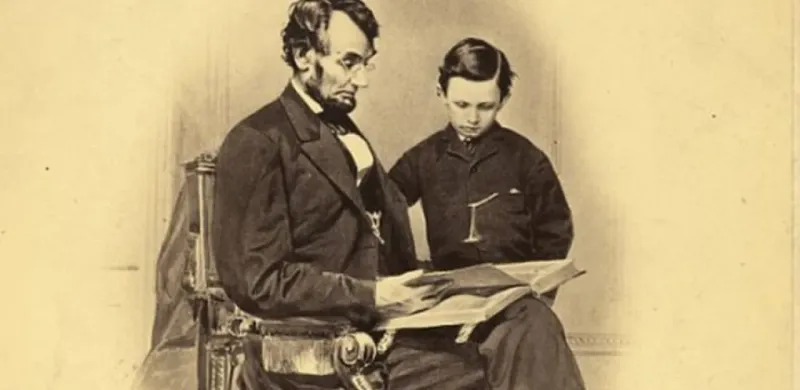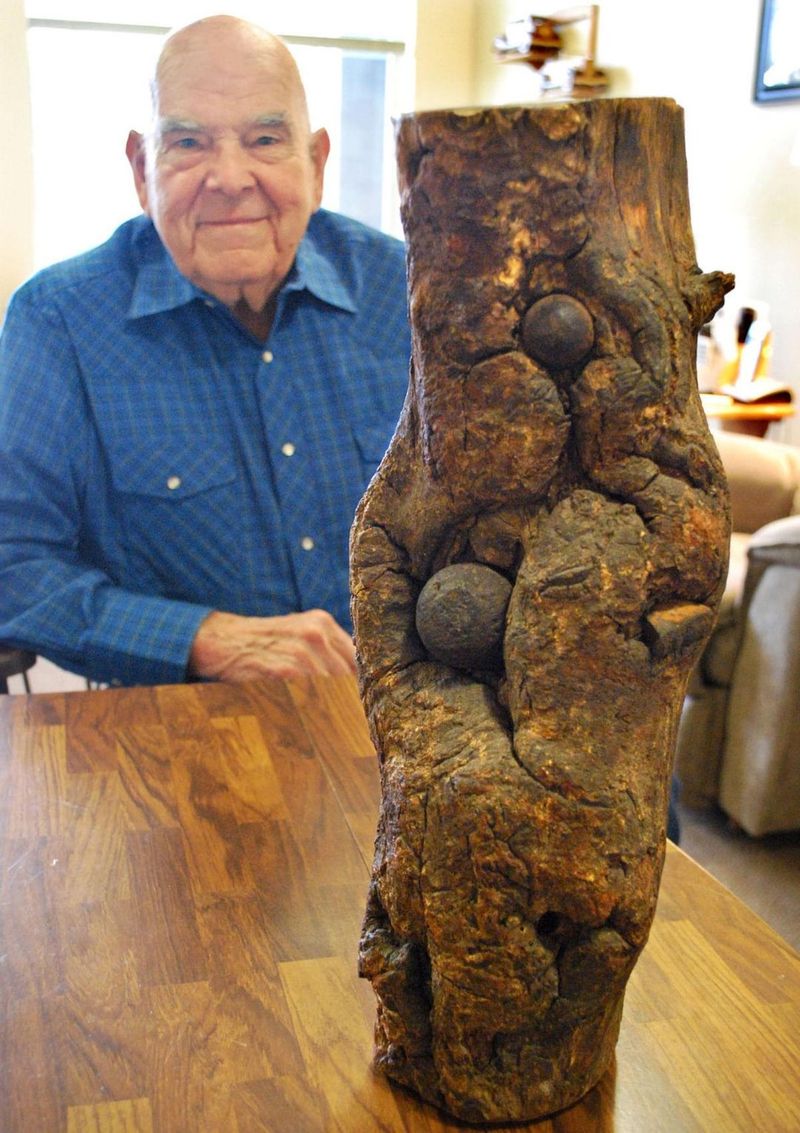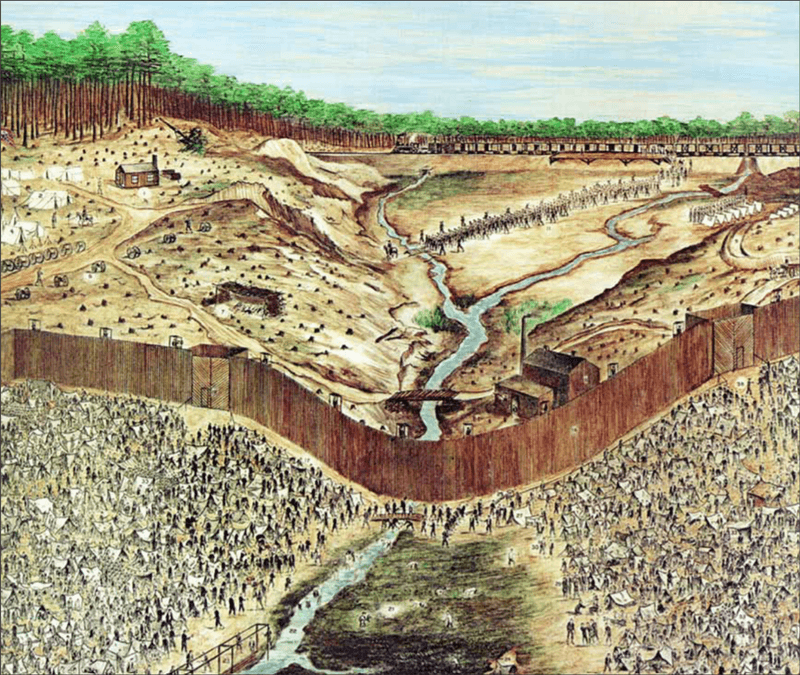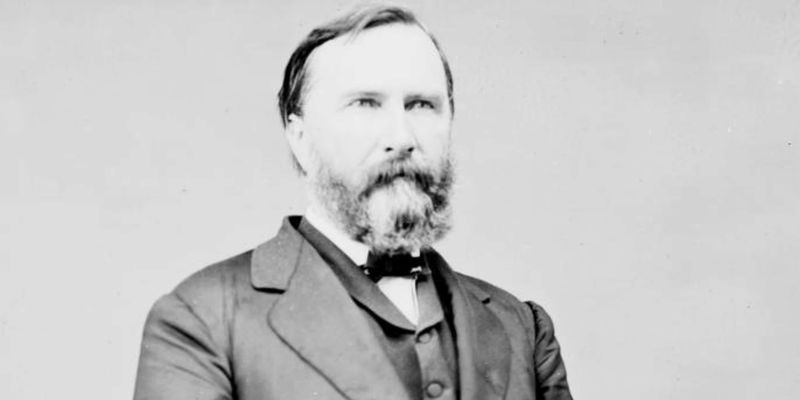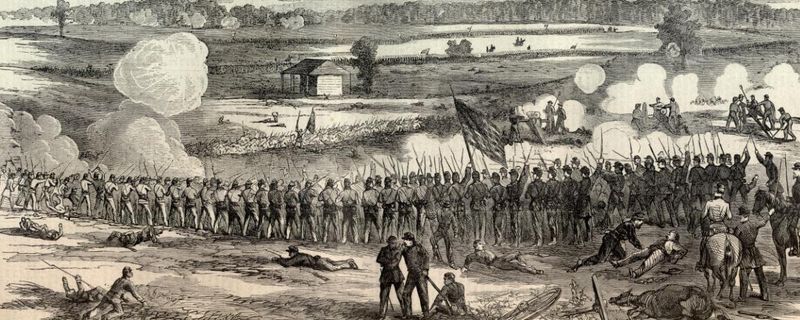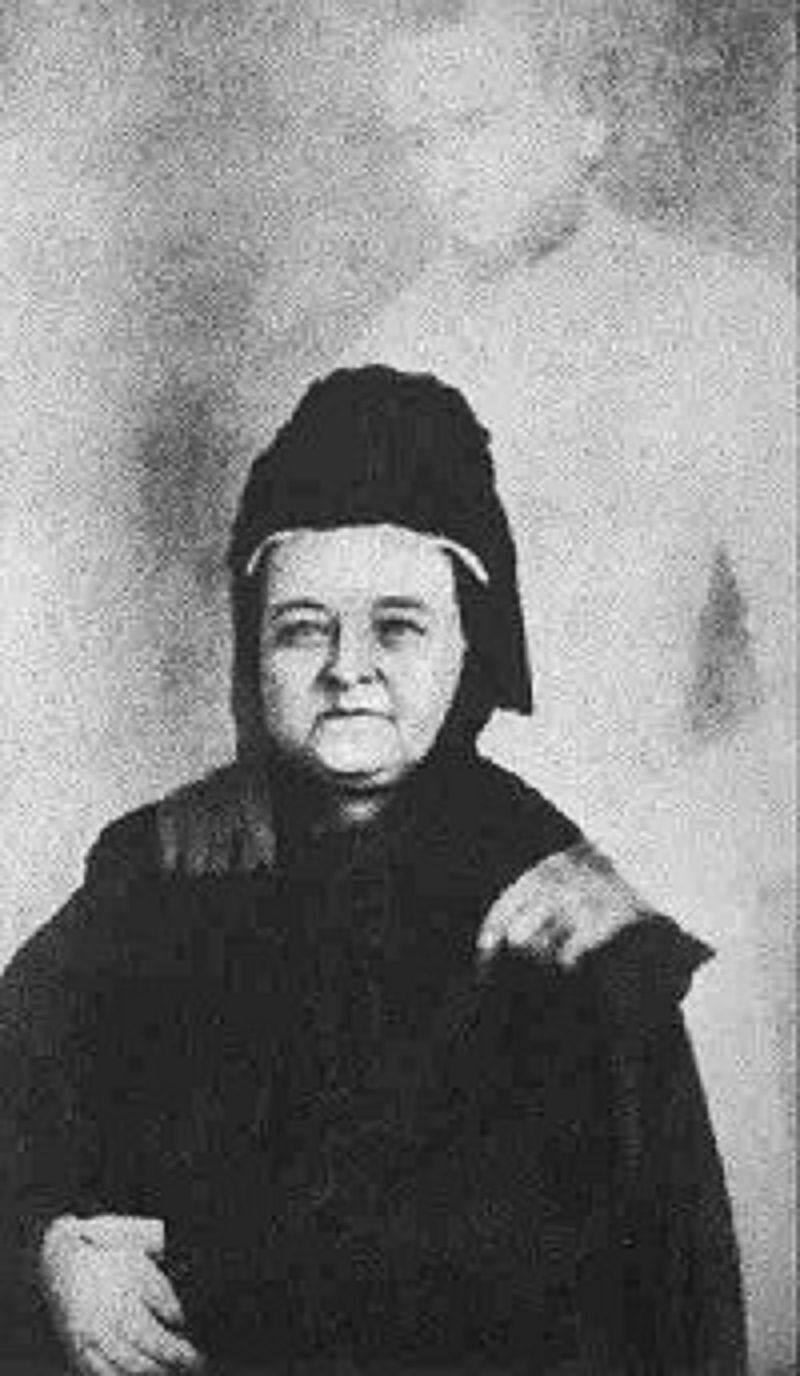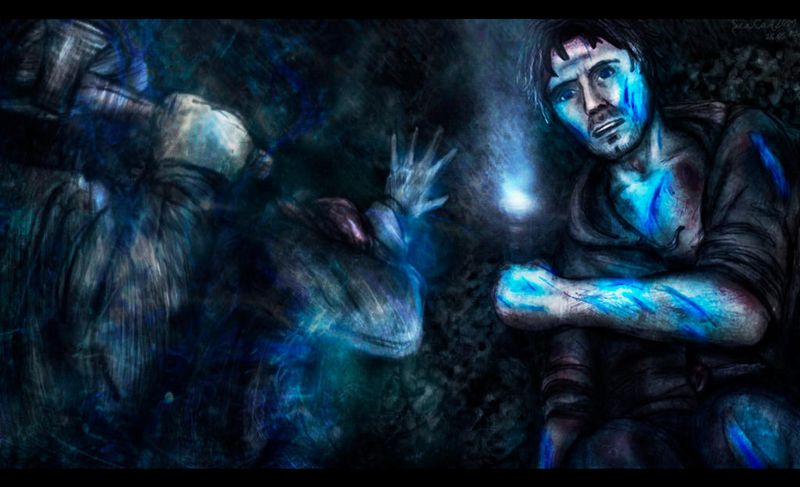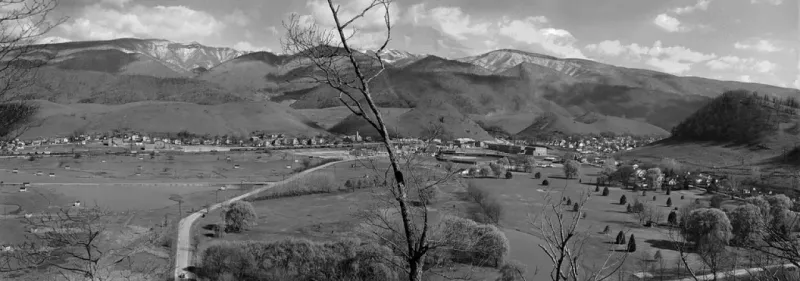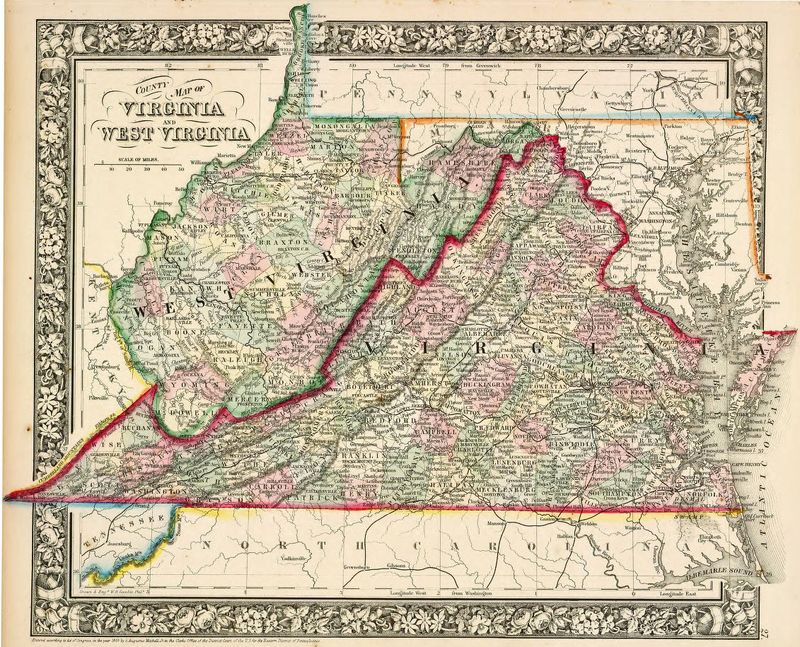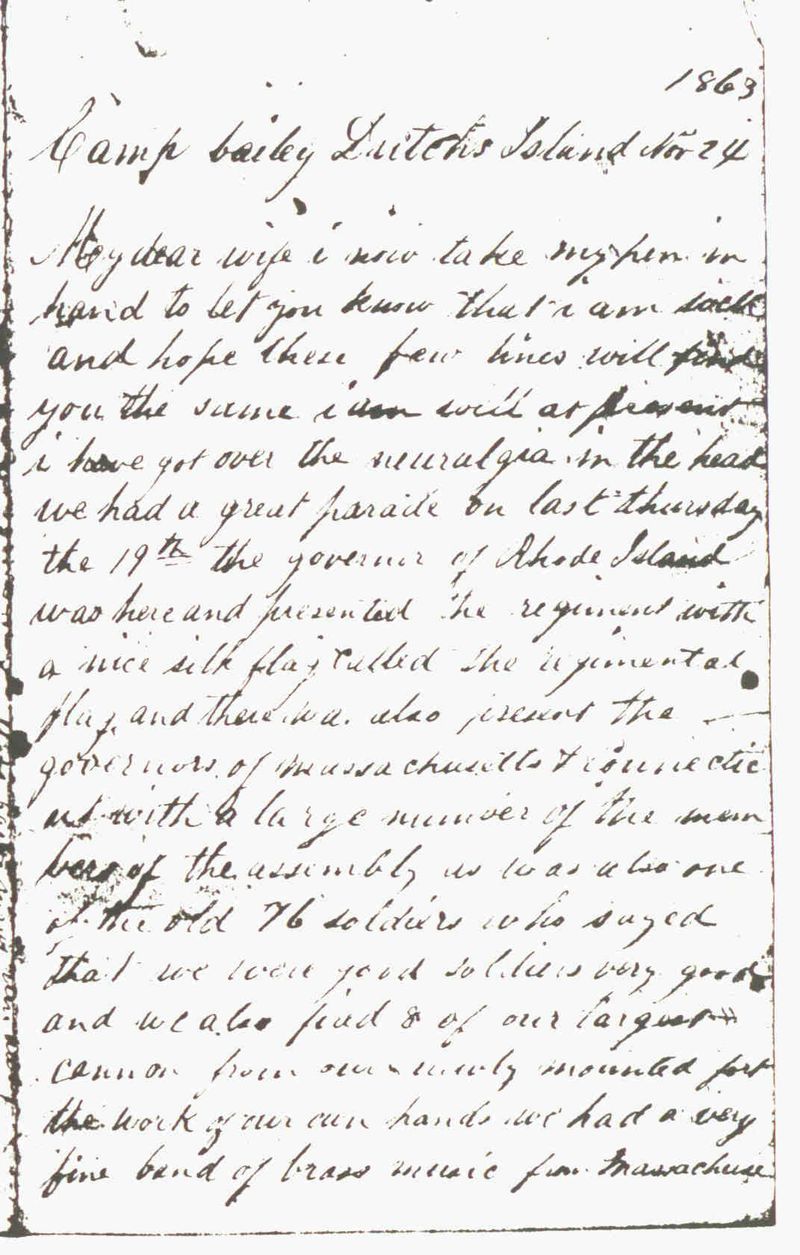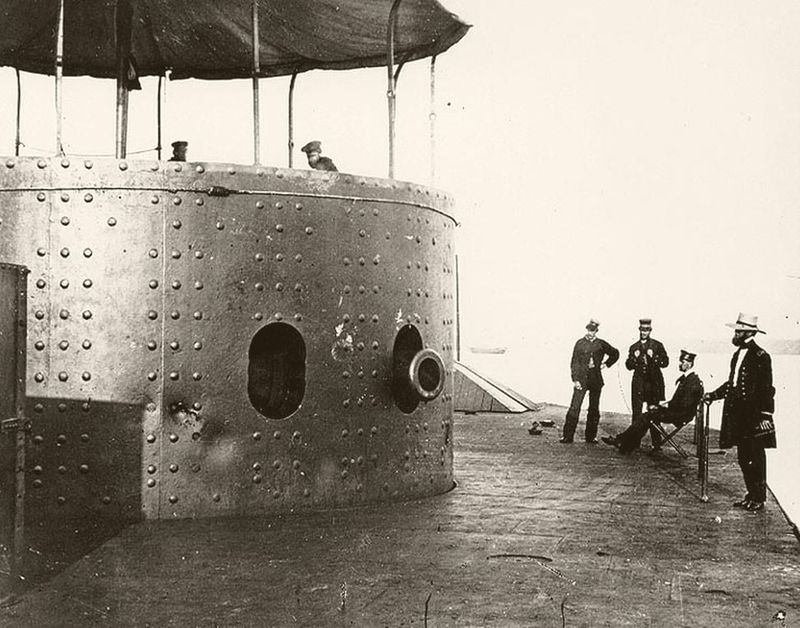The Civil War is one of the most studied periods in American history, but even seasoned history buffs might be shocked by some of the stranger and lesser-known happenings. From bizarre battles to unbelievable coincidences, here are 22 jaw-dropping Civil War events that actually happened.
1. A Battle Between Two Ships Named the Same Thing
In an astonishing coincidence, the USS Mississippi and the CSS Mississippi were being constructed simultaneously in 1862. These ironclads, though never meeting in combat, sparked confusion with their shared name.
The potential clash that never happened left a peculiar mark on naval history, stirring imaginations about what could have been. Amidst the chaos of war, such quirks serve as a reminder of the unpredictable nature of conflict, where even names can play a surprising role.
2. General Lee’s Battle Plans Fell Into Union Hands
In a twist of fate, Union soldiers stumbled upon General Robert E. Lee’s detailed battle plans, wrapped around cigars, during the Maryland Campaign. This serendipitous find provided Union General George McClellan with a strategic advantage at the Battle of Antietam.
Such moments underscore the role of luck and chance in warfare, where a casual discovery can sway the tides of battle. The incident remains a testament to how unexpected events can alter history’s course.
3. The War’s First Combat Death Was an Accident
Private Daniel Hough became the war’s first combat casualty, not through enemy fire, but by accident. During a ceremonial cannon firing at Fort Sumter, a misfire tragically claimed his life. This unexpected tragedy marked the beginning of a bloody conflict.
Hough’s death serves as a poignant reminder of the unpredictability of war, where even routine tasks can carry lethal risks, affecting those far from the battlefield’s front lines.
4. Soldiers Got High on a Hallucinogenic Plant
In 1864, during the Battle of Winfield, Union troops unwittingly consumed jimsonweed, leading to mass hallucinations among the ranks. Dubbed the “Virginia Weed Outbreak,” this bizarre incident saw soldiers incapacitated by vivid, surreal visions.
This unusual episode highlights the unexpected challenges faced in war, where even nature can become an adversary. It’s a reminder of the unpredictable elements soldiers contended with, beyond the enemy forces in combat.
5. Lincoln Was Nearly Shot Before the War Even Began
In early 1861, as tensions simmered, Abraham Lincoln narrowly survived an assassination attempt known as the Baltimore Plot. As he journeyed to his inauguration, conspirators planned to kill him en route.
This close call set the stage for a presidency fraught with peril. The plot’s failure was a stroke of fortune, allowing Lincoln to lead the nation through its darkest hours. It underscores the constant threats faced by leaders and the vigilance required to ensure their safety.
6. A “Woman” Soldier Fought in the War Undetected
Sarah Edmonds, disguised as Frank Thompson, served undetected in the Union Army for over two years. Her remarkable story reflects the lengths many women went to participate in the war.
Her service challenges traditional gender roles, showing courage and determination in the face of adversity. Edmonds’ tale is a testament to the untold stories of women who defied societal norms, contributing bravely to a pivotal chapter in history without recognition during their time.
7. A General Survived Being Shot in the Head
Confederate General John Bell Hood’s survival after being shot in the head is a tale of sheer resilience. Despite severe wounds, Hood continued to lead, embodying determination amidst adversity.
His story exemplifies the physical and mental fortitude demanded of leaders, even when faced with life-threatening injuries. Hood’s perseverance offers a glimpse into the harsh realities of Civil War leadership, where personal sacrifice was often intertwined with duty and loyalty.
8. The Great Locomotive Chase Was Real
In 1862, Union spies embarked on a daring mission, hijacking a Confederate train in what became known as the Great Locomotive Chase. This audacious endeavor aimed to cripple Southern railways.
Though ultimately unsuccessful, the chase remains legendary, highlighting the innovative strategies employed during the war. It’s a story of bravery and ingenuity, where ordinary railcars became instruments of war, forever etched in the annals of military history.
9. The Deadly Bread Riot in Richmond
The Bread Riot of 1863 in Richmond saw desperate Confederate women commandeering food stores amidst wartime shortages. Frustration boiled over as prices soared and supplies dwindled.
Their actions underscore the dire civilian conditions, illustrating the broader social impact of the war. It was a vivid reminder of the domestic struggles overshadowed by battlefield exploits. The riot is a testament to the endurance and desperation faced by those left behind in the conflict’s wake.
10. Balloon Spies Took to the Sky
Both Union and Confederate forces employed hot air balloons for reconnaissance, ushering in a new era of aerial warfare. The Union’s Balloon Corps, led by Professor Thaddeus Lowe, provided critical intelligence from the skies.
This aerial advantage marked a turning point in military tactics, foreshadowing modern espionage techniques. The use of balloons showcased the ingenuity and technological adaptation during the war, where elevation offered a distinct edge in gathering valuable information.
11. One Soldier Fought for Both Sides
Henry Morton Stanley, famed explorer, had a unique wartime experience, fighting for both the Confederacy and the Union.
His journey reflects the divided loyalties and chaos of the era, where personal survival often dictated allegiance. Stanley’s dual service adds an intriguing layer to his storied life, highlighting the fluid nature of identity and commitment. His tale is emblematic of the multifaceted experiences faced by individuals caught in the Civil War’s crosscurrents.
12. The War Gave Us Thanksgiving
In 1863, President Abraham Lincoln declared Thanksgiving a national holiday, aiming to foster unity and gratitude amidst the war’s turmoil.
This decision was more than a gesture of goodwill; it was a strategic move to boost morale and provide solace. Thanksgiving’s establishment during such adversity highlights the power of tradition in uniting people. It’s a legacy of the Civil War, where even in conflict’s shadow, moments of communal spirit were cultivated for future generations.
13. A Cannonball Lodged in a Tree… for 139 Years
In 1986, a Georgia tree revealed a Civil War relic: a cannonball lodged in its trunk for 139 years. This discovery offers a tangible link to the past, where nature itself preserved history.
The embedded cannonball symbolizes the enduring scars left by war, hidden until time’s passage unveiled them. It’s a reminder of how history can be intertwined with the natural world, waiting to be uncovered and reminding us of the conflict’s pervasive impact.
14. The Civil War Invented the Term “Deadline”
The Civil War’s harsh prison camps introduced the term “deadline,” a boundary prisoners couldn’t cross under penalty of death.
This grim concept extended beyond its literal meaning, symbolizing the dire conditions and desperate measures faced by those imprisoned. The term’s evolution into common language underscores the war’s lasting influence on culture and terminology. It highlights how conflict can shape language, embedding its legacy in everyday expressions that echo historical realities.
15. A Confederate General Became a U.S. Senator
James Longstreet’s post-war transformation from Confederate General to U.S. Senator exemplifies reconciliation’s complexities.
His support for Reconstruction and subsequent political career reflect the shifting dynamics in the nation’s healing process. Longstreet’s journey highlights how former adversaries became integral in shaping post-war America. It’s a narrative of redemption and adaptation, where figures from the past played pivotal roles in forging a unified future, illustrating the war’s profound societal impact.
16. Union Troops Accidentally Fought Each Other
At the Battle of Friendly Fire in Kentucky, Union regiments mistakenly engaged each other due to miscommunication.
This incident underscores the chaos inherent in war, where even forces on the same side can fall victim to misunderstandings. The battle serves as a cautionary tale about the importance of communication and coordination in military operations. It highlights the unpredictable nature of warfare, where allies can inadvertently become adversaries, amplifying the war’s inherent unpredictability.
17. Lincoln Had a Ghost Photographer
William H. Mumler claimed to capture spirit photographs, including one of Lincoln with his deceased son’s ghost.
Mumler’s work reflects the era’s fascination with the afterlife, fueled by the war’s widespread loss. The photograph of Lincoln, a somber figure, suggests a longing to reconnect with departed loved ones. This intriguing aspect of Civil War culture reveals how people sought solace in the supernatural, finding comfort in the idea of a continued connection beyond the grave.
18. The “Angel’s Glow” That Saved Soldiers
At Shiloh, wounded soldiers experienced a mysterious “Angel’s Glow,” as their wounds emitted a faint light in the dark. Later, scientists theorized this was due to bioluminescent bacteria that helped prevent infection.
This phenomenon provided an unexpected aid, where nature played a healing role. It highlights the war’s strange interplay between destruction and discovery, where even the most bizarre circumstances could yield beneficial outcomes, leaving a lasting impression on those who witnessed it.
19. A Battle Was Fought Over Salt
In 1864, the Battle of Saltville erupted over control of vital saltworks, essential for preserving food.
The battle underscores how ordinary commodities became valuable assets in the war effort. Salt’s significance in sustaining armies highlights the logistical challenges faced during the conflict. This encounter reveals the multifaceted nature of war, where even basic necessities could become contested prizes. The fight for Saltville exemplifies the broader struggles over resources that shaped Civil War strategies.
20. West Virginia Was Born Mid-War
In 1863, West Virginia emerged as the 35th state, severing ties with Confederate Virginia to align with the Union.
West Virginia’s formation symbolizes the internal divisions and realignments prompted by the Civil War. It highlights the transformative power of the conflict, reshaping state boundaries and identities. This birth of a new state amidst war underscores the dynamic shifts occurring within the nation, reflecting broader themes of change and adaptation during tumultuous times.
21. Soldiers Wrote Letters Using Their Own Blood
Faced with ink shortages, some soldiers resorted to using their own blood to pen letters home.
These blood-written letters embody the human struggle and emotional weight carried by soldiers. It highlights the depth of connection and sacrifice, where even bodily harm couldn’t deter their resolve to reach out. This poignant practice exemplifies the personal cost of war, where every word written carried a piece of the writer’s soul, bridging the gap between battlefield and home.
22. A Cat Was “Enlisted” on a Warship
Aboard the USS Monitor, Tom the cat became an unofficial crew member, providing companionship during tense naval engagements.
His presence brought a sense of normalcy and warmth, breaking the monotony of ship life. Tom’s ‘enlistment’ highlights the small comforts sought in wartime, where even animals played roles in maintaining morale. The story of Tom serves as a charming reminder of the humanity that persisted, even in the harshest of environments, where a simple purr could uplift weary spirits.
